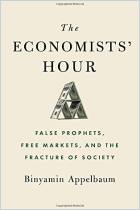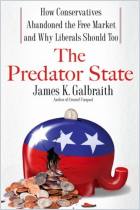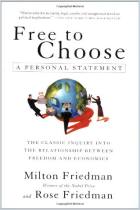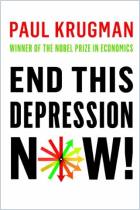
The End of Prosperity
How Higher Taxes Will Doom the Economy – if We Let It Happen
Reprinted by permission of Threshold Editions, a division of Simon & Schuster, Inc., N.Y.
ISBN: 9781416592389
Pages: 352
Recommendation
Arthur B. Laffer, Stephen Moore and Peter J. Tanous give Ronald Reagan full credit for laying the foundation for decades of U.S. prosperity. They see today’s government programs as a return to the worst of Franklin D. Roosevelt’s New Deal and Lyndon B. Johnson’s Great Society. The authors find it strange that the U.S. is adopting a more European model just as many European countries are moving more toward Reaganomics. They suggest a different path to good fortune: Get government out of the way of individual, entrepreneurial opportunity. If this reasoning persuades you, pay particular attention to their chapter describing how California, once the most prosperous U.S. state, became an economic basket case – a decline that the authors blame on the expansion of government spending, regulations and taxes. Laffer’s advocates, including those who also favor a flat tax, see this book as an instant classic; his opponents have already dismissed it. getAbstract suggests it to those seeking a conservative take on current economic policy.
Summary
About the Authors
Arthur B. Laffer, Ph.D., “father” of the tax-cut movement, chairs Laffer Associates. Stephen Moore covers economics for The Wall Street Journal and contributes to CNBC. Peter J. Tanous, author of Investment Gurus, writes finance books and is CEO of an investment firm.


















Comment on this summary